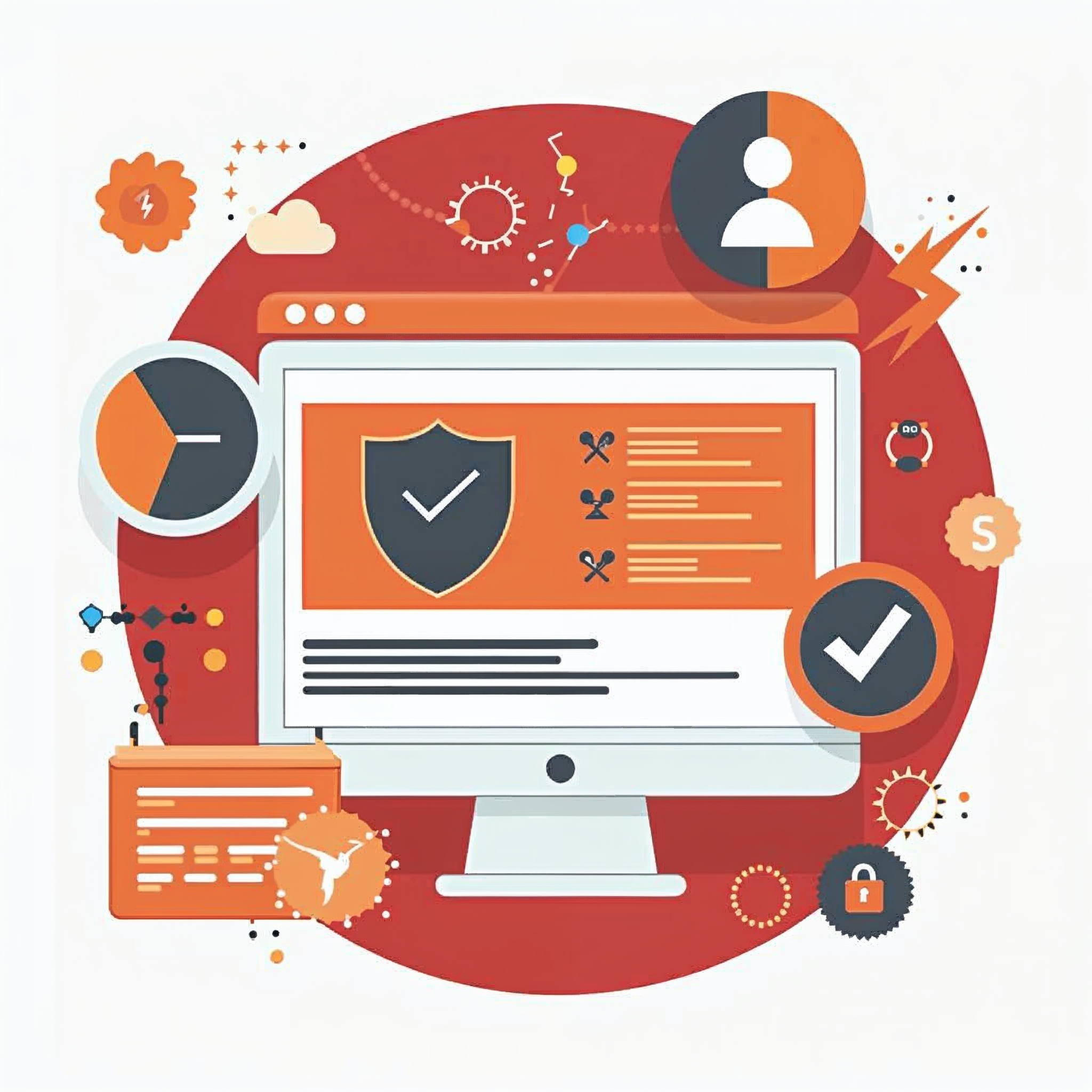The Ultimate Guide to Website Protection for Online Business Owners
Most online businesses face attacks every day, and many owners don’t even realize their digital assets are at risk. A single breach can shut down your website and cost thousands in lost revenue. This guide breaks down essential cybersecurity solutions that keep your website protection strong and your business safe.
Understanding Website Security Threats

Common Attack Vectors
For online businesses, the threat landscape continues to grow more complex each year. Cybercriminals employ various methods to compromise websites, including SQL injection attacks, cross-site scripting (XSS), distributed denial of service (DDoS) attacks, and malware infections. These attacks target vulnerabilities in your website code, server configuration, or user authentication systems.
The Cost of Security Breaches
When website protection fails, the consequences can be severe. Beyond immediate financial losses from downtime, businesses face potential data theft, regulatory fines for privacy violations, and long-term reputation damage. Small businesses are particularly vulnerable, with studies showing that 60% of small companies go out of business within six months of a major cyber attack.
Essential Cybersecurity Solutions
Secure Hosting and Infrastructure
The foundation of strong website protection begins with your hosting environment. Select providers that offer:
-
Dedicated firewalls
-
Regular security patches
-
Server-level intrusion detection
-
Data backup systems
-
SSL/TLS encryption by default
Business-grade hosting may cost more than basic packages, but the security benefits justify the investment for protecting your digital assets.
SSL Certificates and HTTPS
HTTPS encryption serves as your first line of defense against data interception. Modern SSL certificates:
-
Encrypt data transmission between users and your site
-
Build customer trust through visual security indicators
-
Improve search engine rankings
-
Protect sensitive customer information
Free options like Let’s Encrypt provide basic protection, while paid certificates offer extended validation and warranty protection.
Web Application Firewalls (WAF)
A WAF acts as a shield between your website and potential attackers by filtering malicious traffic before it reaches your server. These systems:
-
Block common attack patterns
-
Prevent automated bot attacks
-
Filter out suspicious IP addresses
-
Provide real-time monitoring and alerts
Services like Cloudflare, Sucuri, and AWS WAF offer protection scaled to different business needs and budgets.
Authentication and Access Control

Strong Password Policies
Despite advances in security technology, password breaches remain a primary entry point for attackers. Implement:
-
Minimum password length requirements (12+ characters)
-
Complexity rules requiring multiple character types
-
Regular password rotation schedules
-
Account lockout after failed attempts
-
Password manager support for your team
Multi-Factor Authentication (MFA)
MFA creates an extra security layer by requiring two or more verification methods. For online businesses, this typically includes:
-
Something the user knows (password)
-
Something the user has (mobile device)
-
Something the user is (biometric verification)
Implementing MFA can reduce account compromise risks by over 99%, making it one of the most effective cybersecurity solutions available.
Role-Based Access Control
Not every team member needs full administrative access to your website. Limit permissions based on job requirements:
-
Create distinct user roles with specific capabilities
-
Follow the principle of least privilege
-
Regularly audit user accounts and remove inactive users
-
Log all administrative actions for review
Content Management System (CMS) Security
Keeping Core Software Updated
For businesses using platforms like WordPress, Drupal, or Shopify, regular updates are crucial:
-
Apply security patches immediately
-
Update themes and plugins from trusted sources
-
Remove unused plugins and themes
-
Consider automatic update systems for critical components
Security Plugins and Extensions
Enhance your CMS security with specialized tools:
-
Security scanners that check for vulnerabilities
-
Login protection with IP blocking
-
File integrity monitoring
-
Database encryption options
-
Backup solutions with automated schedules
Data Protection Strategies
Regular Backups
Establish a comprehensive backup strategy:
-
Daily automated backups of website files
-
Separate database backups
-
Off-site storage in multiple locations
-
Encrypted backup files
-
Regular restoration testing
Data Encryption
Protect sensitive information through encryption:
-
Encrypt data at rest in databases
-
Use secure API connections for third-party services
-
Implement end-to-end encryption for customer communications
-
Consider field-level encryption for highly sensitive data
Monitoring and Response
Security Monitoring
Continuous monitoring allows for quick threat detection:
-
File change detection systems
-
Traffic analysis tools
-
Login attempt monitoring
-
Server resource tracking
-
Automated scanning for malware and vulnerabilities
Incident Response Plan
Prepare for security incidents before they happen:
-
Document response procedures
-
Assign team responsibilities
-
Create communication templates
-
Establish relationships with security experts
-
Practice response scenarios
Compliance and Privacy
Regulatory Requirements
Different industries face specific compliance standards:
-
PCI DSS for businesses processing credit cards
-
HIPAA for healthcare-related websites
-
GDPR for businesses serving European customers
-
CCPA for companies with California customers
Privacy Policies and Data Handling
Build trust through transparent data practices:
-
Clear privacy policies written in plain language
-
Cookie consent mechanisms
-
Data minimization practices
-
Secure data deletion processes
-
Third-party data sharing disclosures
Building a Security-First Culture
Team Training
Human error remains a major security risk. Reduce it through:
-
Regular security awareness training
-
Phishing simulation exercises
-
Clear security policies and procedures
-
Rewards for identifying security issues
Security Audits and Testing
Verify your protection through regular assessment:
-
Vulnerability scanning
-
Penetration testing
-
Code reviews
-
Social engineering tests
-
Compliance audits
